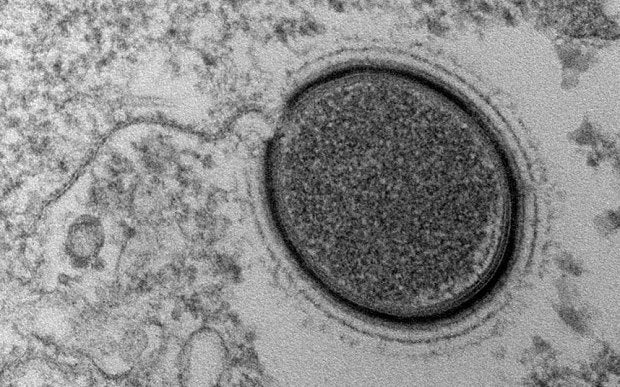Scientists to wake up 30,000-year-old 'giant' virus
The Mollivirus sibericum virus has not been woken since the last Ice Age

French scientists are preparing to wake up a 30,000-year-old 'giant' virus.
A team from the French National Centre for Scientific Research discovered the prehistoric virus, called Mollivirus sibericum, underground in north-eastern Siberian permafrost, reports CNET.
And now they plan to give it its first “wake-up call” since the last Ice Age.
The scientists will first check to ensure the virus is not harmful to humans or animals.
They hope studying it could increase understanding of ancient dormant viruses that may spread again in the future as permafrost retreats at the hands of climate change.
Mollivirus sibericum – which translates as ‘soft virus from Siberia’ – is classified as a giant virus because it is visible by light microscopy.
The same team of researchers discovered another giant, 30,000-year-old virus, called Pithovirus sibericum, last year in the same permafrost.
The scientists announced their study into the viruses in the Proceedings of the National Academy of Sciences (PNAS) journal this week.
A summary of their work said: “Analysis of the permafrost sample uncovered the presence of both viruses, yet in very low amount.
“The fact that two different viruses retain their infectivity in prehistorical permafrost layers should be of concern in a context of global warming.
“Giant viruses’ diversity remains to be fully explored.”
Join our commenting forum
Join thought-provoking conversations, follow other Independent readers and see their replies
Comments
Bookmark popover
Removed from bookmarks